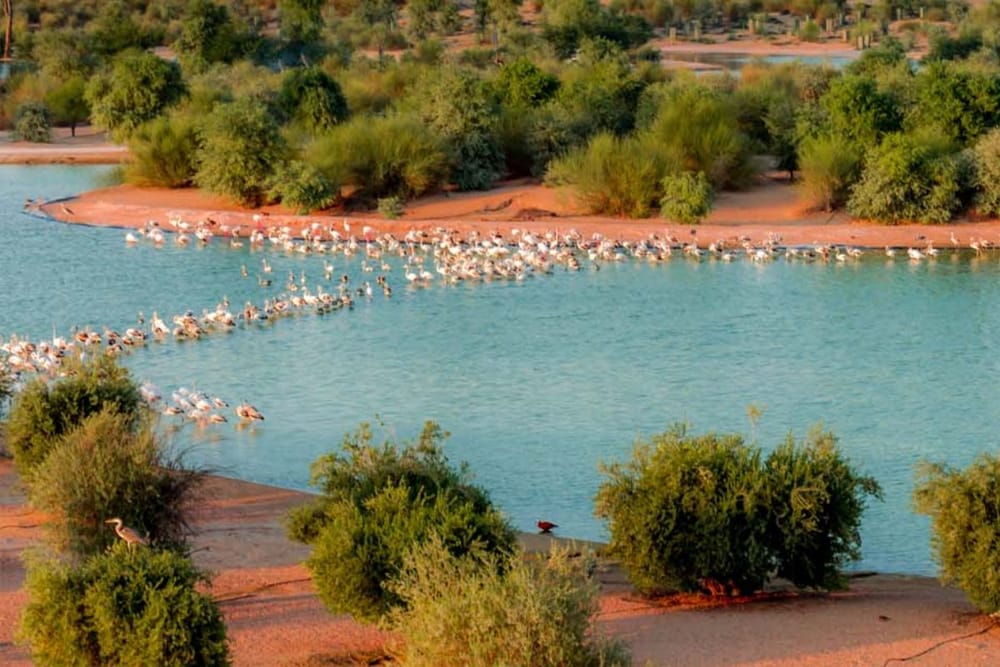The total area of terrestrial nature reserves across Gulf Cooperation Council (GCC) countries expanded by 6.6% in 2023, reaching 390.5 thousand square kilometres, up from 366.5 thousand square kilometres the previous year, according to the latest data from the GCC Statistical Centre (GCC-Stat).
This growth reflects a broader trend in the region’s conservation efforts. Nature reserves in the GCC saw a significant leap in 2020, when their cumulative area jumped to 352.6 thousand square kilometres from just 111.4 thousand in 2015. Meanwhile, mountain reserves in Oman, the UAE, and Saudi Arabia also grew—from 9.5 thousand square kilometres in 1996 to 14.7 thousand by 2022.
The GCC’s commitment to environmental protection is not new. It launched the GCC Environmental and Wildlife Award in 1985, followed by the Green Gulf Initiative for Environment and Sustainable Development in 2007. All member states joined the Convention on Biological Diversity in 2010 and later acceded to the CITES agreement in 2012. In 2016, the GCC Environmental Web Portal was introduced to support regional biodiversity monitoring.
These efforts underscore the bloc’s long-term dedication to preserving its natural landscapes and wildlife amid ongoing development and climate challenges.
News Source: Emirates News Agency









